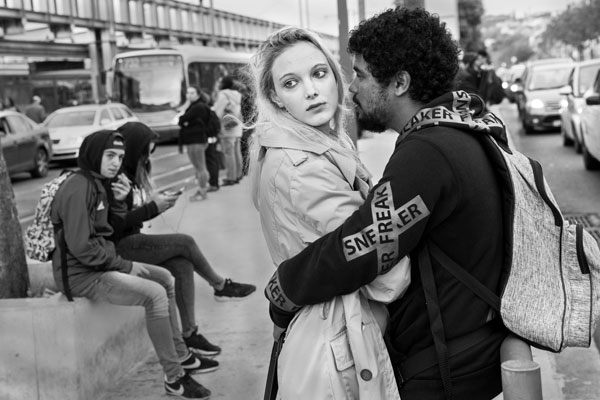Rumored Buzz on Framing Streets
Table of ContentsFraming Streets for BeginnersGetting The Framing Streets To WorkThe Ultimate Guide To Framing StreetsOur Framing Streets PDFsExamine This Report on Framing StreetsA Biased View of Framing Streets
Photography category "Crufts Canine Show 1968" by Tony Ray-Jones Street photography (additionally occasionally called honest photography) is photography performed for art or inquiry that includes unmediated chance experiences and random cases within public locations, normally with the aim of catching photos at a definitive or emotional minute by mindful framing and timing. 
, that was influenced to carry out a similar documents of New York City. As the city created, Atget aided to advertise Parisian roads as a worthwhile topic for digital photography.

Our Framing Streets Ideas
Martin is the very first recorded digital photographer to do so in London with a disguised cam. Mass-Observation was a social study organisation established in 1937 which aimed to tape day-to-day life in Britain and to record the responses of the 'man-in-the-street' to King Edward VIII's abdication in 1936 to marry divorce Wallis Simpson, and the sequence of George VI. The principal Mass-Observationists were anthropologist Tom Harrisson in Bolton and poet Charles Madge in London, and their initial report was produced as the book "May the Twelfth: Mass-Observation Day-Surveys 1937 by over two hundred observers" [] Window cleaner at Kottbusser Tor, Berlin, by Elsa Thiemann c. 1946 The post-war French Humanist Institution digital photographers found their topics on the road or in the bistro. Andre Kertesz.'s commonly admired Images la Sauvette (1952) (the English-language edition was labelled The Decisive Minute) promoted the concept of taking a photo at what he called the "crucial minute"; "when type and material, vision and structure combined right into a transcendent whole" - Best Zoom Lens.
The Ultimate Guide To Framing Streets
The recording equipment was 'a covert cam', a 35 mm Contax hidden beneath his layer, that was 'strapped to the breast and linked to a lengthy cord strung down the appropriate sleeve'. However, his work had little contemporary effect as because of Evans' level of sensitivities concerning the creativity of his task and the privacy of his subjects, it was not released till 1966, in the book Many Are Called, with an introduction written by James Agee in 1940.
Helen Levitt, after that a teacher of kids, connected with Evans in 193839. She documented the transitory chalk illustrations - sony a9iii that belonged to kids's road society in New York at the time, along with the youngsters who made them. In July 1939, Mo, MA's new digital photography area consisted of Levitt's work in its inaugural exhibitionRobert Frank's 1958 book,, was significant; raw and typically out of emphasis, Frank's images examined traditional digital photography of the moment, "tested all the official guidelines put down by Henri Cartier-Bresson additional info and Walker Evans" and "contradicted the wholesome pictorialism and genuine photojournalism of American magazines like LIFE and Time".